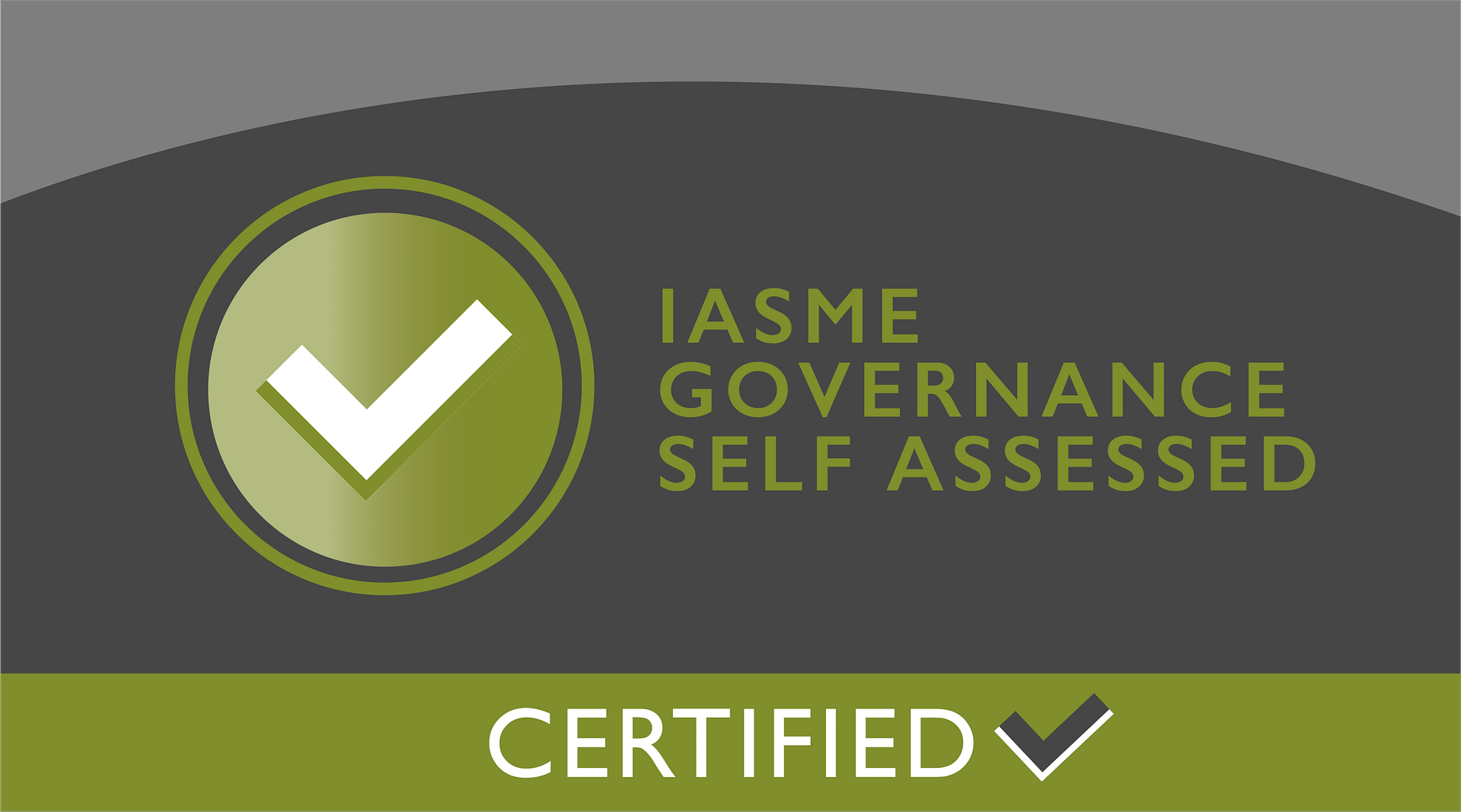In this 2nd part of our ‘ANYWHERE WORKER’ blog series we look at the STRATEGY.
During an unforeseen disruption – such as a transit disruption, severe weather conditions, or a pandemic – remote work is critical as part of a larger recovery plan. But some questions remain: are businesses correctly identifying the difference between simply enabling remote work and supporting a flexible working environment as part of crisis management? These are intimidating questions to ask – but this is the line of thinking that should drive your business continuity strategy. It’s not just about business, it’s about the people that power your business. This is a time to lead with empathy, and that means supporting the employees who breathe life into your company.
In the wake of the unexpected, to avoid widespread feelings of confusion, frustration and isolation, organisations need to bring together several internal teams to holistically support their workforce.
Consider the following
- Does your plan predict the potential toll a disruption or disaster might take on employees who live and work in the affected location?
- Does it provide assistance for employees to not only manage changes to workflow or physical location of work, but the mental toll a crisis might take?
- Lastly, have you given thought to the worst-case scenario: that employees might never be able to return to the office.
Office Facilities & property estate
To implement and test emergency response drills; to make critical decisions regarding office closures; to coordinate overall office security and logistics, as well as ongoing communication with landlords and building owners.
Information Technology (IT)
To ensure employees have (and are fully trained on) the collaboration and remote access tools they need to continue working; to replace lost or inaccessible devices; to provision and configure work applications.
Human Resources (HR)
To gauge employees’ concerns and behaviours as they pertain to business continuity, and to build their responses into the plan as appropriate; to maintain culture, boost morale, and even offer psychological/mental health
support through an established third party.
Corporate Communications
To disseminate timely, accurate and authoritative information to all parties (employees, partners, vendors, customers, etc.) throughout the duration of crisis.
Finance
To assess risk; to adjust budgets based on new policies and priorities; determine whether employees should have a reimbursement for remote work or home office needs.
Building a business is hard, but it’s easy to lose if leaders are not prepared when a crisis hits. A successful business continuity plan inclusive of remote work reduces this risk, but only if it’s been well developed, adequately tested, and supported cross-functionally.
In our next blog we take a more detailed look into the TECHNOLOGY.
Talk to one of our specialists today to learn more about our remote working capabilities; how we’re bringing people, business and technology together; and what this means for you.






